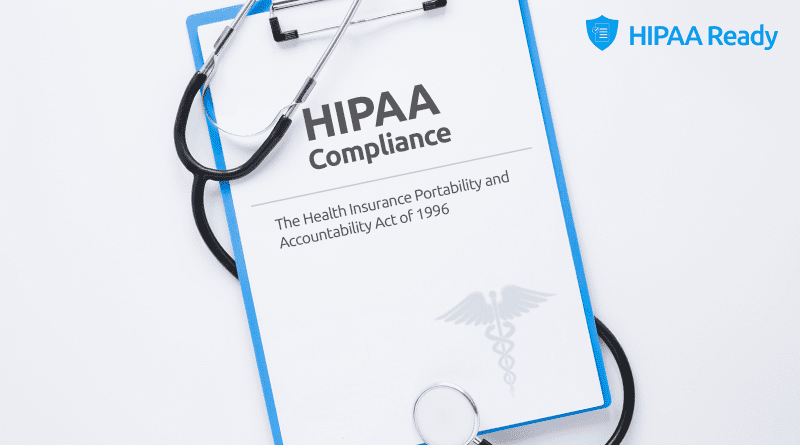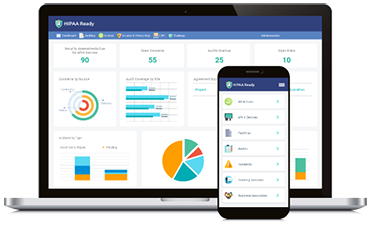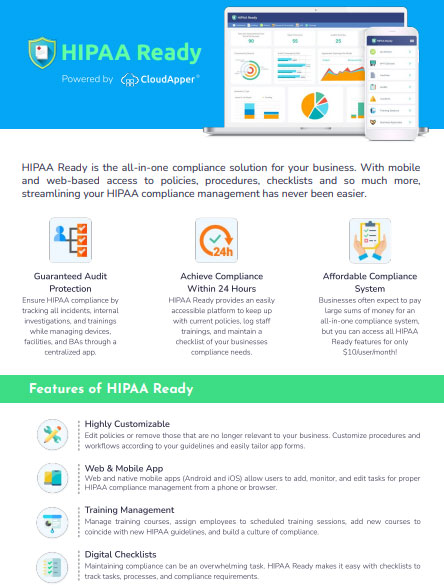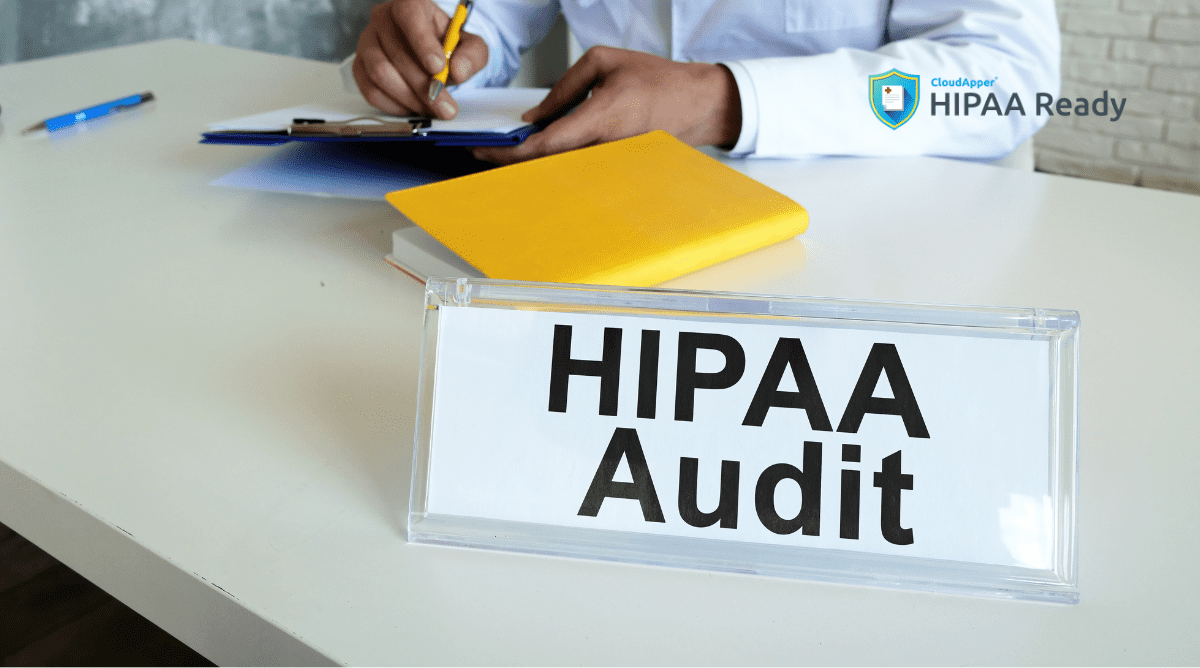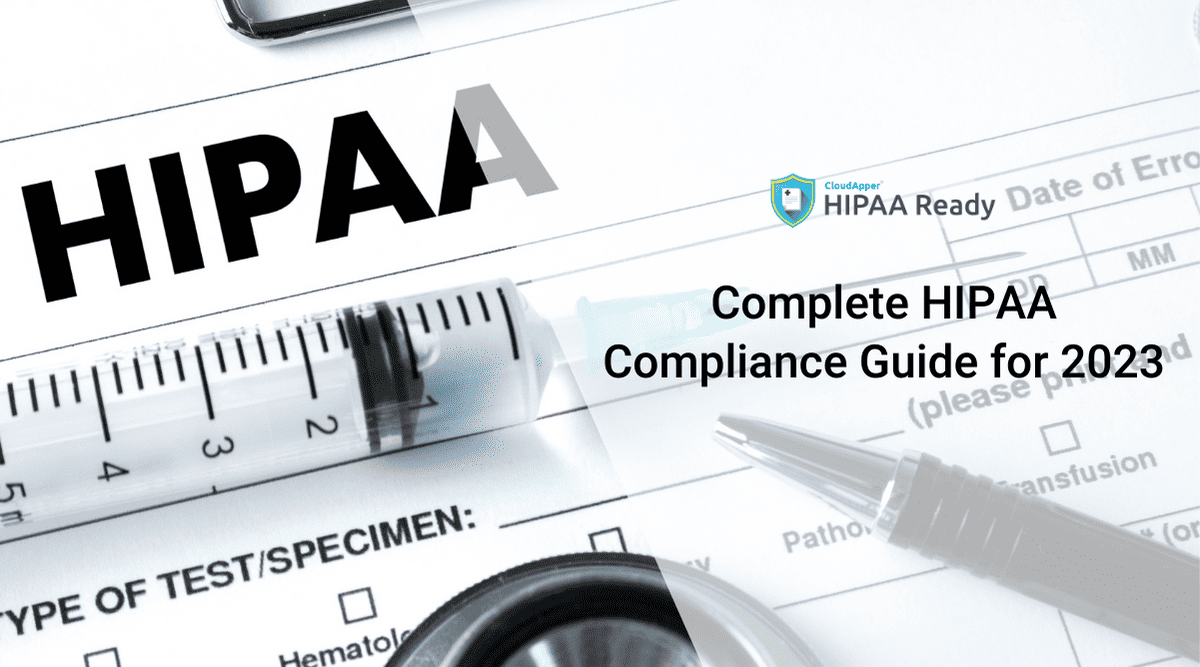Table of Contents
U.S. healthcare is a highly regulated industry with an increasingly challenging business environment. In light of recent healthcare data related news of breaches, it is becoming imperative to establish an effective compliance program in your practice.
Whether it’s HIPAA or OSHA, the seven elements that I will be discussing in this article are keys to any effective compliance program. Before moving on, it is important to look out for a few HIPAA violations that The Office for Civil Rights (OCR) mainly focuses on, which includes failure to conduct evaluations for risks of data breaches, ignoring security threats to protected health information (PHI), and lack of adequate training on how to appropriately handle PHI.
To ensure you avoid financial consequences from a HIPAA violation, healthcare organizations and compliance officers should keep in mind the seven core elements of an effective compliance program.
Policies & Procedures
Written policies work like building foundations that are important for the procedures that follow. Written policies and procedures should include:
- Corporate Compliance Program
- Ethics or Code of Conduct
- Acknowledgment Training, and Corrective Action Plans
- Disaster recovery plan
All the employees, staff members, hospital management, volunteers, and departments should follow these policies and procedures. These policies and procedures should also be in line with your organization’s mission or value statement, as well as applicable laws and regulations. Remember, policies and procedures should be created in a proactive and forward-thinking manner, but not in reaction to an incident.
Also, it is best to involve your staff members and hospital management when creating these policies and procedures. It is important to get their input, as well as how changes should be implemented to build a strong culture of compliance. The policies and procedures should be revisited and updated regularly to keep up with the latest regulatory changes and to incorporate your organization’s culture as it evolves.
A compliance committee and a designated compliance officer
This is where you are required to designate a compliance officer and decide who will be the core members sitting on the compliance committee. You need to establish each member’s roles and their responsibilities as a group, as well as how often they will meet, what they will be discussing, and how the information will be shared. Last but not least, there should be a clear guideline on how and with whom the discussions should be communicated and how everyone should work together to establish an effective compliance program.
Training and education
An airtight compliance program, with everything documented, will mean nothing if your staff members do not understand anything about the law you are trying to comply with. The key to establishing and maintaining an effective compliance program is to provide training for your employees.
You must ensure that the established policies and procedures are widely promulgated and employees are adequately trained on the program’s objectives and relevant policies. Proper HIPAA training should be offered to everyone within the organization, including management. Depending on the size of your organization, additional training sessions should also be conducted for the various policies and procedures applicable to any specific employees who need them to perform their jobs. It is also important that these training programs be tracked, attested to, documented, and followed-up.
Effective lines of communications
Openness, which should be incorporated within the organization’s culture, plays an important role in establishing an effective compliance program. Employees should be able to communicate any compliance issues without the fear of retaliation. Staff members should not feel reluctant to ask questions if they are unsure about a policy, procedure, or a potential compliance violation. Your policies and procedures should be accessible to all the employees and clearly outline the means for communication and to whom the issues should be addressed.
Internal auditing and monitoring
Without audits, it becomes difficult to have a clear overview of the effectiveness and relevance of your compliance program. It is imperative to perform these audits more often and create next action step plans after the audits have been completed.
Relying on automated systems like HIPAA Ready can help you stay ahead by sending you reminders about when policies are due to be updated, renew, expire, or be retired. It is vital to grant access to the compliance officer and the committee as well so that they view all the important documents to carry out compliance tasks and for auditing purposes.
Enforcement of standards through well-publicized disciplinary guidelines
Draw up a plan on how you intend to enforce the HIPAA compliance program, starting with how you will train your staff members and promulgate the policies and procedures. Along with all the other points, a robust HIPAA compliance management software like HIPAA Ready can help you streamline this process by automatically sending out notifications to employees, whenever a policy has been updated or a new one has been published and asking the employees to acknowledge that they have received and understood the policy. You should also outline the disciplinary actions should an employee decide to not adhere to the compliance program.
Corrective action plans
Finally, an effective compliance program is not just about enforcing the policies and procedures, but also about how HIPAA violations should be addressed and how employees should be trained moving forward. The corrective action plans should explain how a HIPAA compliance violation should be identified, confirmed, and handled, including who needs to be notified and what disciplinary actions should be taken. Remember, the key here is to confront both issues at hand, while also figuring out how your current program can be adjusted to prevent issues from recurring.
Establish an effective compliance program with HIPAA Ready
HIPAA Ready is a robust, cloud-based HIPAA compliance management application that integrates all the seven modules discussed in this article. It helps organizations to streamline their compliance efforts while reducing administrative burden, costs, and time. With a centralized management and monitoring system, you can manage all policies, procedures, meetings, training, and reduce paperwork and unnecessary administrative work hours to establish an effective HIPAA compliance program. To know more about HIPAA Ready, please contact CloudApper.
What is CloudApper AI Platform?
CloudApper AI is an advanced platform that enables organizations to integrate AI into their existing enterprise systems effortlessly, without the need for technical expertise, costly development, or upgrading the underlying infrastructure. By transforming legacy systems into AI-capable solutions, CloudApper allows companies to harness the power of Generative AI quickly and efficiently. This approach has been successfully implemented with leading systems like UKG, Workday, Oracle, Paradox, Amazon AWS Bedrock and can be applied across various industries, helping businesses enhance productivity, automate processes, and gain deeper insights without the usual complexities. With CloudApper AI, you can start experiencing the transformative benefits of AI today. Learn More
